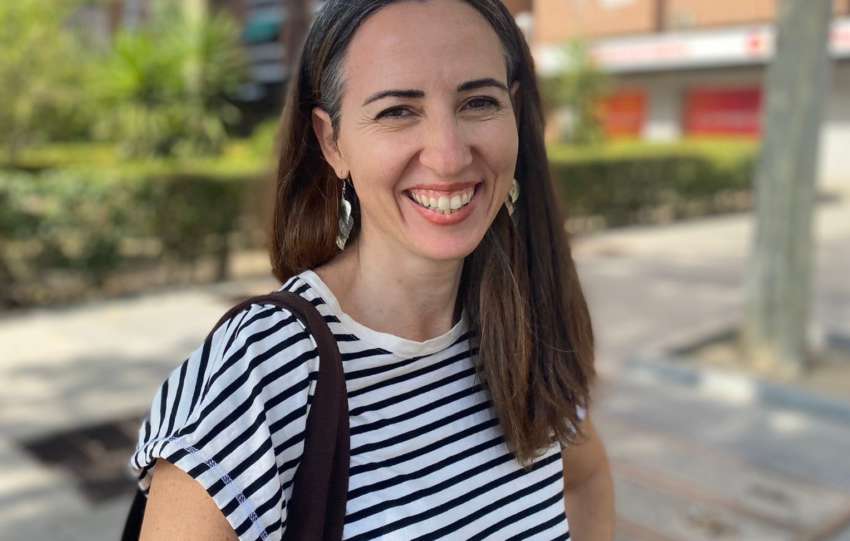Share This Article
I would like to know why our legs and arms “fall asleep” sometimes. I have always been curious about it.
Laura Viedma, interior designer
Answer by Behrang Sharif:
Thank you, Laura, for your question and your curiosity about this common sensory phenomenon. This can be seen also in conditions called “Saturday night palsy” or “honeymoon palsy!” But before describing these conditions, let us discuss the mechanism.
Innumerous branches of sensory neurons are continuously sending information about our body to its central nervous system. In normal conditions, these signals are sent with codes that can be interpreted and perceived as sensations such as touch, heat, cold, pain, or itch. Yet when for some reason the signals turn unusual, the sensations can become unusual as well! This abnormality can be generated through various causes like injury, pressure blockade, or transient hypoxia. When one’s leg or arm “falls asleep”, they are experiencing this unusual sensation which is scientifically called “paresthesia”. In most cases, this is due to a partial blockade of the peripheral nerves resulting from pressure, abnormal positioning, or extended immobility. Generally, removing the source of blockade and improving the blood flow surrounding the nerves innervating the affected area can resolve the issue. Nevertheless, prolonged or frequent paresthesia could be a sign of nerve damage, caused by trauma or conditions such as diabetes, or physical pressure on the nerves, due to joint displacement, tumors, etc.
Now, can you guess what are the two conditions I introduced in the first paragraph? Indeed, after a long night of carousing, falling asleep and remaining immobile while placing one’s head on their arm can compress the radial nerve and lead to damaging both sensory and motor functions of that nerve. So can falling asleep with your loved one’s head on your arm during honeymoon!
Biography:
Behrang Sharif is a Doctor of Pharmacy from Shahid Beheshti University of Medical Sciences, in Tehran, Iran. Currently, he is doing a PhD in the Cell Biology of Excitable Tissues Unit at the Montreal Neurological Institute and Hospital, in Canada. As a specialist in molecular physiology of pain and analgesia, Sharif investigates the mechanisms leading to differential coding of itch (pruriception) and pain (nociception), two distinct unpleasant sensations triggered from the same receptive fields in the skin.


